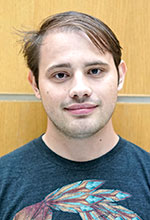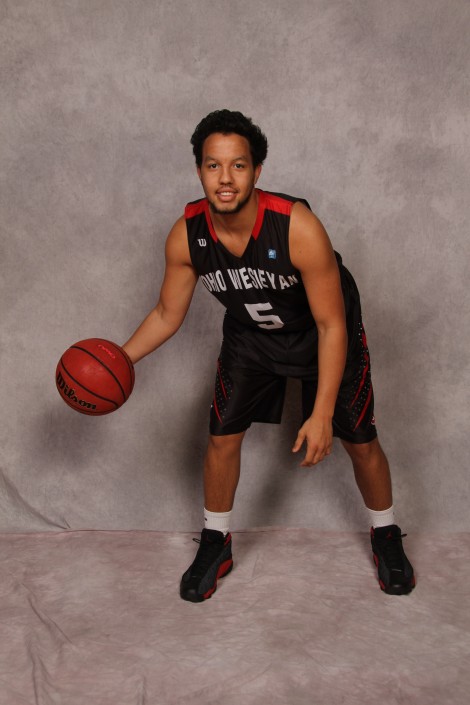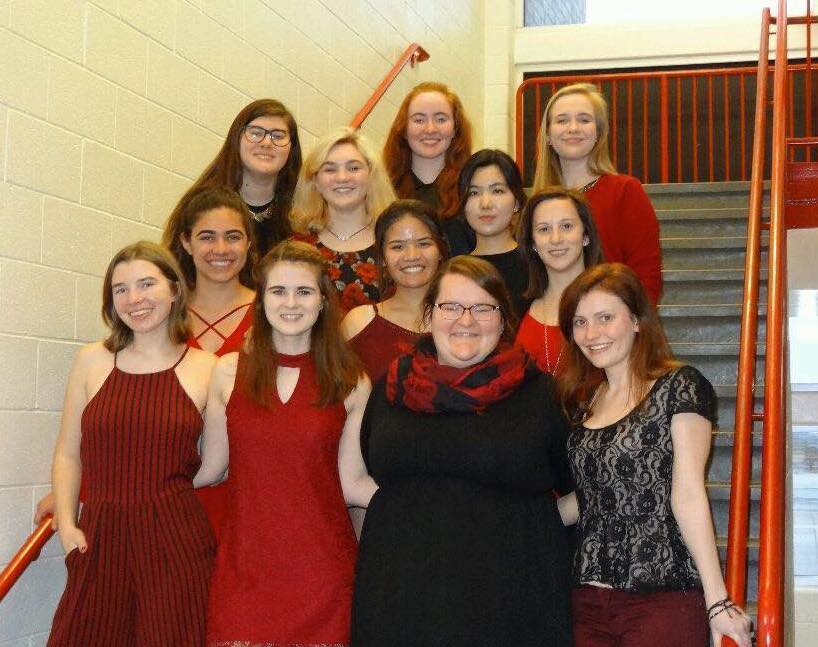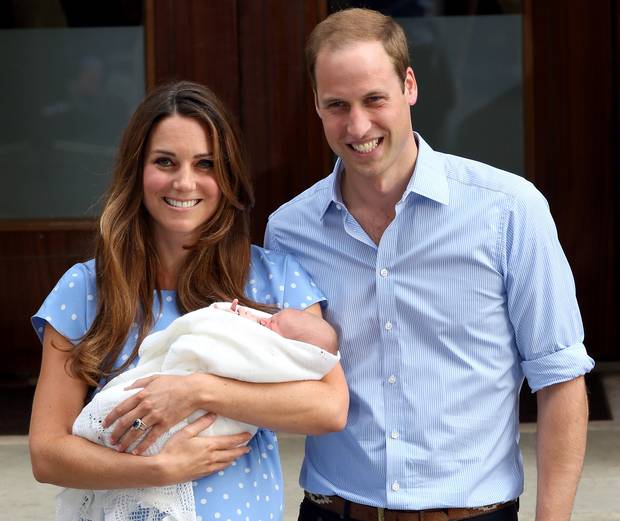By Dianyi Li, Special to the Transcript
With global warming increasing at a rapid pace, no one would believe a country went cold.
In January of 2016, there was an extreme cold wave which attacked Southeast China. From January 20th to 25th of 2016, the strong cold air pushed the Chinese snowline southwards to its southernmost position since 1951. The average temperature was 6 to 8 degrees (Celsius) below the normal temperature.
Dianyi Li’18 conducted her student research project on exploring the relationship between Arctic Oscillation (AO) and this cold air outbreak in Southeast China.
Arctic Oscillation is a counterclockwise wind around the arctic area and could be quantified with AO index. When in AO index in a positive phase, the pressure over polar area is lower than normal, and the jet stream is as stable as a wall to prevent cold air in the arctic are from moving southward. While the it is in a negative phase, Air pressure is higher than average over the Arctic and lower than average over the mid-latitudes and the jet stream around arctic is weak, allowing an easier southward penetration of
cold arctic air masses.
When talking about the reason why she tried to correlate the cold wave with AO, Li said: “At the beginning part of this research, I generated climate maps of the general situation and the studied
weather event period. By comparing these maps, an abnormal location and more extreme value of the high-pressure center and low-pressure center are overserved.” These two pressure centers are the Siberian High and Aleutian Low which are major influential factors of winter climate of east Asia.
“Since the AO index is a projection of the anomalous atmospheric pressure patter, and there were papers studied similar relationship between AO and temperature, I decided to adopt this method to my study on this event,” Li said.
She then chose four weather stations to collect temperature data and ran regression between temperature and the corresponding AO index.
“The four weather stations I chose located from north to south, and from costal to inland,” Li said. “Temperature plotting of these stations show similarities between the trends. And when I plotted the 2016, January temperature data with the AO index, I noticed that before the temperature came to the nadir, the AO also came to a negative phase since the beginning of that month and came to a nadir on the 16th”
However, the regression results did not show a significant relationship. She used the regional average data instead of data from single weather stations and rerun the regression. However, the results also did not show significant correlation.
“This might be because AO only affects the extreme abnormal weather event but in this research I included general situations into analysis.” Li said.
The further work of her research will focus on picking up the days with extremely abnormal low temperature and rerun the regression with corresponding AO.
As a student majoring in economics and geography, she expects to combine her majors into these research projects.
“This January cold-air outbreak not only brought cold weather to Southeast China but also cause a huge amount of economic loss because of freezing and snow hazards came up with the low temperature,” Li said. “Many people lost their home because of the cold hazard. Agriculture and fishery also got hurt
seriously.”
Li said that the investigation of the relationship between AO and extreme cold wave would help explain propagation of the migration of extreme cold air over this region. She expects the result will help to develop a more precise forecasting and prediction of the extreme cold winters in Eastern China.
“With the global trending of climate change, there is potential danger of the increasing intensity or frequency of extreme weather. Beside taking measures to mitigate climate change, we should also think of how to protect ourselves from those disasters.” Li said, “Once we could use AO to improve the prediction, I then want to take use of my economic background to help mitigate the social and economic vulnerability of the freezing and snow hazards.”
Li has conducted this research as an independent study under the direction of Dr.Rowley from the geology and geography department. She will also develop a senior thesis on this research to apply for graduating with geography departmental honor.









